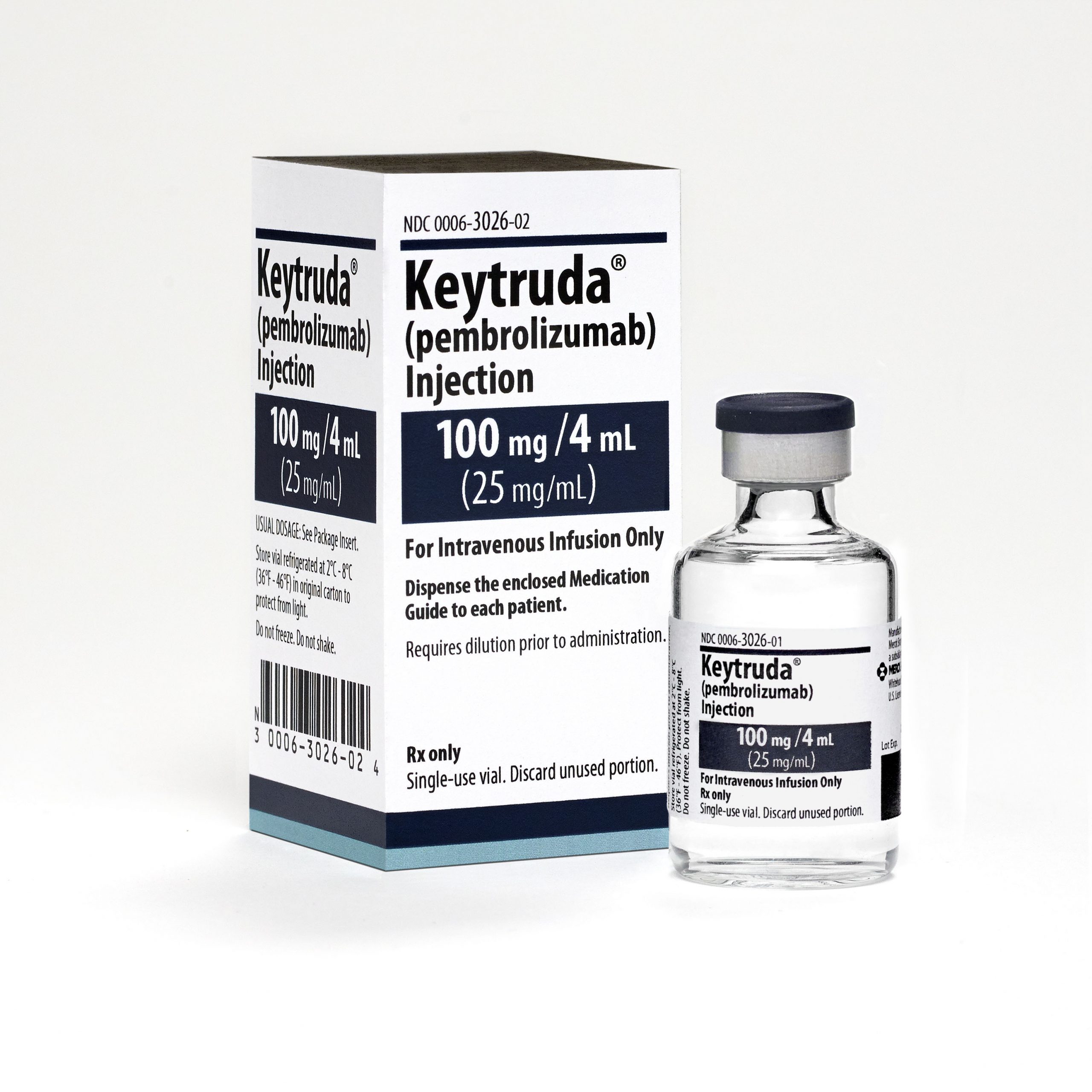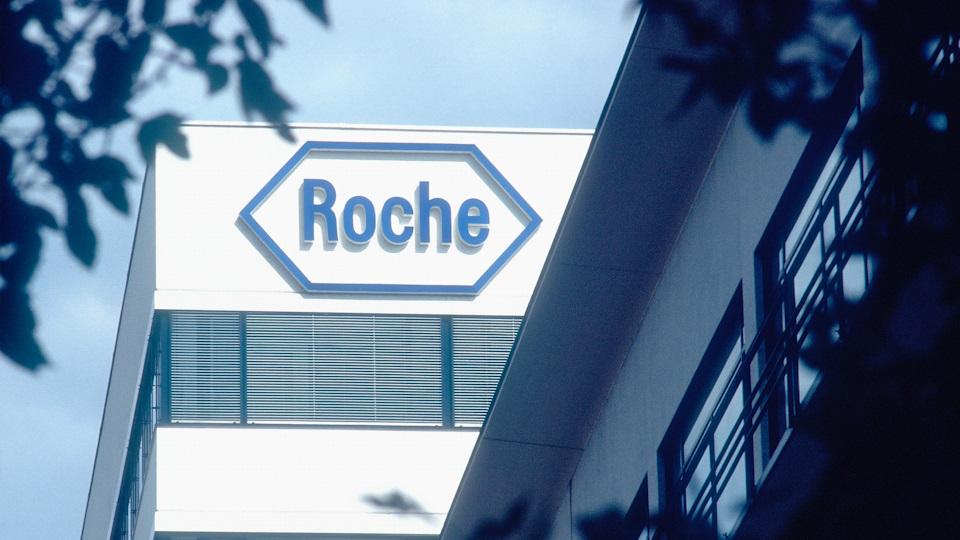Merck & Co hopes for foothold in early TNBC after Keytruda trial win

Merck & Co has unveiled data from its immunotherapy Keytruda that could allow it to gain a foothold in the tough-to-treat triple negative breast cancer (TNBC) indication, and potentially steal market share from arch-rival Roche.
US-based Merck announced results from the phase 3 KEYNOTE-522 trial at the European Society for Medical Oncology (ESMO) conference over the weekend, testing Keytruda (pembrolizumab) before and immediately after surgery in TNBC patients.
Data suggest that Merck’s drug could become standard therapy in this group of patients, after disappointment in KEYNOTE-119 earlier this year where Keytruda failed to improve survival in second or third line metastatic disease.
Triple negative breast cancer (TNBC) gets its name because it lacks three of the most common receptors seen in the disease, making it difficult to hit with targeted drugs.
However checkpoint inhibitors, and their ability to call in an attack from the body’s T-cells, represent a new way to attack this disease where chemotherapy had been the only previously available option.
Roche’s Tecentriq (atezolizumab) PD-L1 class checkpoint inhibitor has already been approved in PD-L1 positive metastatic triple negative breast cancer.
But the US pharma has data from neoadjuvant/adjuvant use, which would allow PD-1 class Keytruda to be taken earlier in the treatment pathway than Tecentriq.
Tecentriq is in phase 3 development in this use but first results are not due until next year, giving Merck & Co, known as MSD outside the US, a potential advantage in this niche market.
AstraZeneca’s Imfinzi (durvalumab) is also in development for neoadjuvant TNBC in combination with various chemotherapy agents, but this is further back in the development process at phase 2.
Merck’s KEYNOTE-522 trial investigated a regimen of neoadjuvant Keytruda (pembrolizumab), Merck’s anti-PD-1 therapy, plus chemotherapy, followed by adjuvant Keytruda as monotherapy compared with a regimen of neoadjuvant chemotherapy followed by adjuvant placebo.
In the neoadjuvant phase, in the 401 patients receiving Keytruda plus chemotherapy there was a statistically significant increase in pathological complete response versus chemotherapy.
There was a complete response in 51.2% of patients treated with neoadjuvant chemotherapy, compared with 64.8% for neoadjuvant Keytruda plus chemotherapy, in patients with early-stage TNBC.
Pathological complete response, one of the dual primary endpoints was defined as non invasive residual cancer in breast and lymph nodes.
The improvement seen when adding Keytruda to neoadjuvant chemotherapy was observed regardless of PD-L1 expression.
In the other dual primary endpoint of event-free-survival (EFS), with a median follow-up of 15.5 months, the Keytruda regimen reduced the risk of progression in the neoadjuvant phase and recurrence in the adjuvant phase by 37% – a favourable trend for EFS – compared with the chemotherapy-placebo regimen.
The safety profiles of Keytruda and chemotherapy in KEYNOTE-522 were consistent with previous studies.
Results gained a favourable response from oncologists attending the conference in Barcelona.
https://twitter.com/Thiago_Apolinar/status/1178358269439610881
https://twitter.com/hmcarthur/status/1178331154946170881
Merck & Co’s regulatory team will now be preparing a filing, while medical colleagues answer any questions about the data from doctors, with discussions about reimbursement happening some time next year assuming approval with major regulators.
There was no word on whether the company will apply for a fast review in the US, but in Europe the company will be following the usual type 2 variation process.
David Long, oncology business unit director from MSD said: “This is one of the first datasets in this line, which is why people got so excited. It is interesting because it is one of the earlier lines of therapy.”













